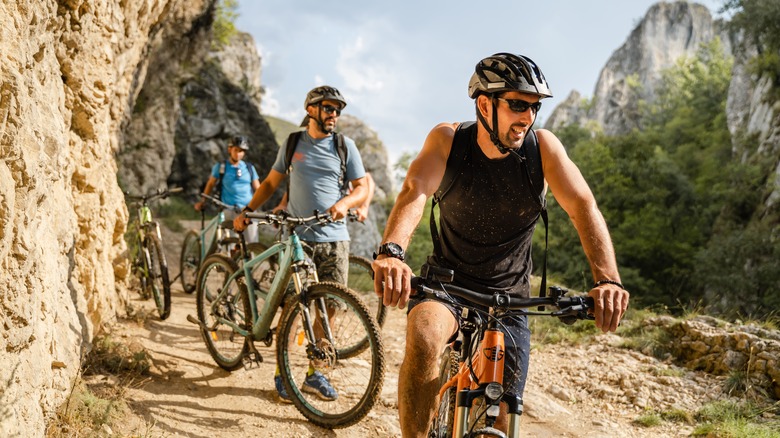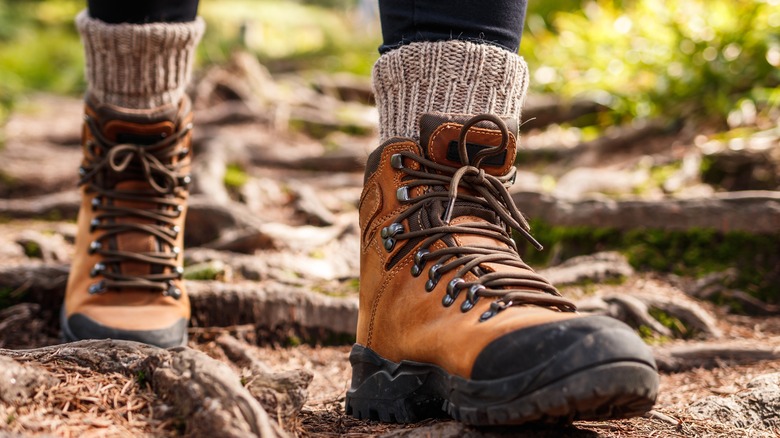Hiking
Laura Jones
Let’s scale the mountain of good manners and discuss the golden rule of the trails. There is a lot of advice online about good hiking etiquette, and there are certain rules to follow to make sure you’re being a considerate hiker. These rules aren’t even the unwritten kind either; the National Park Service (NPS), among others, has got in on the act and spells out trail etiquette.
One of the big rules is about who has the right of way on a hill or mountain trail. It’s considered good hiking etiquette to yield to uphill hikers. Hiking uphill is much more cardio-intensive, and gravity is not on your side. It’s more difficult to get back into a rhythm after taking a break when hiking uphill, so don’t stop someone in their tracks. If you’re coming downhill, step aside. The only caveat to this is if an uphill hiker feels like they need a break, they might wave you on. In this case, keep trundling downhill.
What about on flat ground? Check the signage before you start your hike, but generally, road traffic rules apply. That means in the U.S., you hike on the right. In the U.K. or Australia, for example, you should hike on the left. Avoid the merry (and awkward) passing dance by keeping this in mind.
Hikers, horses, and bikes

Miljan Zivkovic/Shutterstock
Often, people don’t only traverse the trails on two legs. Many hiking paths are open to cyclists and horseback riders too (the NPS calls these multi-use trails). Horses and their riders have the right of way over hikers and bikers. There’s a good reason for this. Horses can be frightened easily, so the best advice is to step calmly aside on the downhill side of a trail. Standing uphill may make you look like a threat.
Cyclists are at the bottom of the pecking order, and those on bikes must yield to both hikers and horses. If you’re cycling, come to a full stop and move yourself and your bike to the side of the trail. This assumes that it’s safe to do so without damaging the delicate ecosystem around you. And one last note: If you are hiking alone, you are expected to yield to larger groups if necessary. However, it’s good practice to hike in single-file when in a group to make passing easier.
More trail etiquette

encierro/Shutterstock
We mentioned protecting the ecosystem while allowing people to pass, and this interplays with the yielding rule. You should step aside when allowing uphill hikers to pass, but you should not step off the trail when yielding unless you have no other choice. Stay on the trail as much as possible, not only when letting others pass, but also when trekking in general.
Aside from yielding, there are several other ways to be a good hiker. Avoid using electronic devices as much as possible — no one wants to hear your Instagram ping every time someone likes your photo — and don’t play music. Keep your voice low and enjoy the sound of nature as much as possible, though if you’re hiking in bear country, discard this advice and yell and whoop to warn the grizzlies that you’re in their territory. Finally, say hello to your fellow hikers and let them know if you’re going to pass them.

